Los Angeles is a densely populated, sprawling city. It has a reputation as a place where residents must have a car.
But LA has an extensive and growing public transportation system that, combined with a bicycle, allows you to access much of the city. And although Los Angeles still has a long way to go to become bicycle-friendly, it has plans to continue to build infrastructure to help bicyclists travel safely, regardless of their destinations.
Here is an overview of Los Angeles bicycle crash statistics and infrastructure.
Bicycle Crash Statistics in Los Angeles, California
In an average year, about 11,000 bicyclists get injured and about 160 bicyclists die across California. About one-quarter of these injuries and deaths happen in Los Angeles County.
For example, in 2019, 36 bicyclists were killed in LA. Although LA does not release bicyclist injury numbers, you can assume that about 3,600 bicyclists get injured in LA bicycle accidents.
California’s bicycle fatality rate has increased in recent years and reached a 25-year high in 2016 before leveling off. More importantly, California’s rate of bicycle deaths is substantially higher than the U.S. average.
In the U.S. as a whole, bicyclists die at an annual rate of about 2.6 per 1 million residents. In California, bicyclists die at an annual rate of about 3.9 per 1 million residents. This puts California’s rate about 33.3% higher than the national average.
In a typical year, bicycle accidents drop during the winter months of December through February. Accidents peak between May and October.
Bicycle accidents in Los Angeles affect riders of all ages, but the greatest number of bicycle accident injuries happen to riders between 15 and 34 years of age.
Most Dangerous Roads and Intersections in Los Angeles, CA for Bicycle Crashes
As you might expect, Downtown LA has the greatest concentration of bicycle crashes. The intersection of Main Street and E 1st Street is the most dangerous in LA for bicyclists.
Other intersections that see several bicycle accidents every year include:
- Olive Street and W 7th Street
- Hill Street and W 5th Street
- Wall Street and E 4th Street
- Los Angeles Street and W 7th Street
- Washington Boulevard between Figueroa Street and Main Street
Not coincidentally, these intersections are also some of Los Angeles’s busiest intersections and roads. Whenever cars and bicycles come together, you will often see an increase in the number of bicycle accidents.
Bicycle accidents in Los Angeles have many different causes. Distracted driving, inattentive driving, and failing to yield are some common reasons for bicycle accidents. Accidents often stem from a failure by drivers to watch for and avoid bicyclists.
Drivers are accustomed to watching for cars. Motorcycles, bicycles, and pedestrians fall outside most drivers’ expectations when they look for other road users. As a result, drivers often cut off bicyclists or move into their lanes without even noticing their presence.
This is the main reason why cities like Los Angeles have sought to expand bicycle infrastructure. By keeping cars and bicycles separate on the roads, the risk of bicycle accidents will decrease.
Bicycle Infrastructure in Los Angeles, California
Los Angeles covers over 500 square miles, and Los Angeles County is over 4,700 square miles in area. LA has a reputation for being unfriendly for pedestrians and bicyclists to navigate because of its sprawl.
Biking from Downtown LA to Koreatown is possible. But getting from Beverly Hills to East LA would take the better part of a day on a bicycle.
Fortunately, Los Angeles has an extensive public transportation system. And Los Angeles has expanded its bikeways system in recent years to broaden the network of bike-friendly lanes, trails, and paths in the city and across the county.
Bicycle Infrastructure and Los Angeles Public Transportation
LA’s Metro Rail system allows bicycles on all buses and trains. On buses, bicyclists can load their bicycles onto the bicycle rack on the exterior front of the bus. Before exiting the bus, the cyclist alerts the driver so the bus does not leave before the cyclist can retrieve the bike.
On Metro trains, bicyclists can carry their bikes into the train cars. Bicyclists can use the wheelchair-accessible gates to enter the train platforms. Once on the train, bicyclists must stand with their bikes and avoid blocking aisles and doors.
Metro buses and trains also allow e-bikes. Metro bus racks have a weight limit of 55 pounds for e-bikes, while Metro trains have no restrictions on e-bikes with electric motors.
Bicycle Infrastructure on Roads, Paths, and Trails in Los Angeles, CA
Metro provides a map of bikeways in Los Angeles. These bikeways give bicyclists convenient and relatively safe routes to get around Los Angeles County.
California uses a four-tier classification system for bikeways:
Class I Bikeways
Class I includes bike paths and shared-use paths. These paths do not allow any motorized vehicles. But bicycles, pedestrians, and other human-powered vehicles must share the path. Class I bike paths are separate from roadways and have minimal crossflow by motorists.
Class II Bikeways
Class II includes bike lanes. These lanes share the roadways with motorized vehicles. Markings on the pavement identify Class II bike lanes. Pedestrians and motorists can cross Class II bike lanes, making them one of the most dangerous forms of bikeways.
Class III Bikeways
Class III includes bike routes. These are streets designated for sharing by bicycles and motor vehicles. But they include restrictions that make them safer and more friendly for bicycles.
For example, a Class III bike route might have a 15-mile-per-hour speed limit to discourage its use by motorists and to keep cyclists safe from motorists who choose to use it.
Class IV Bikeways
Class IV includes separated bikeways. These bikeways share the roads with cars. But a physical barrier separates vehicle traffic from bike traffic. Planters, walls, posts, and other types of barriers keep vehicles from using or crossing class IV separated bikeways.
Los Angeles and Bicycle Safety
Los Angeles has turned to expanded bicycle use as one way to address climate change. As a result, Los Angeles County has a bicycle master plan that calls for 800 miles of bikeways in the next ten years. You can expect bicycle safety and infrastructure to improve as Los Angeles moves toward a cleaner, more energy-efficient future.

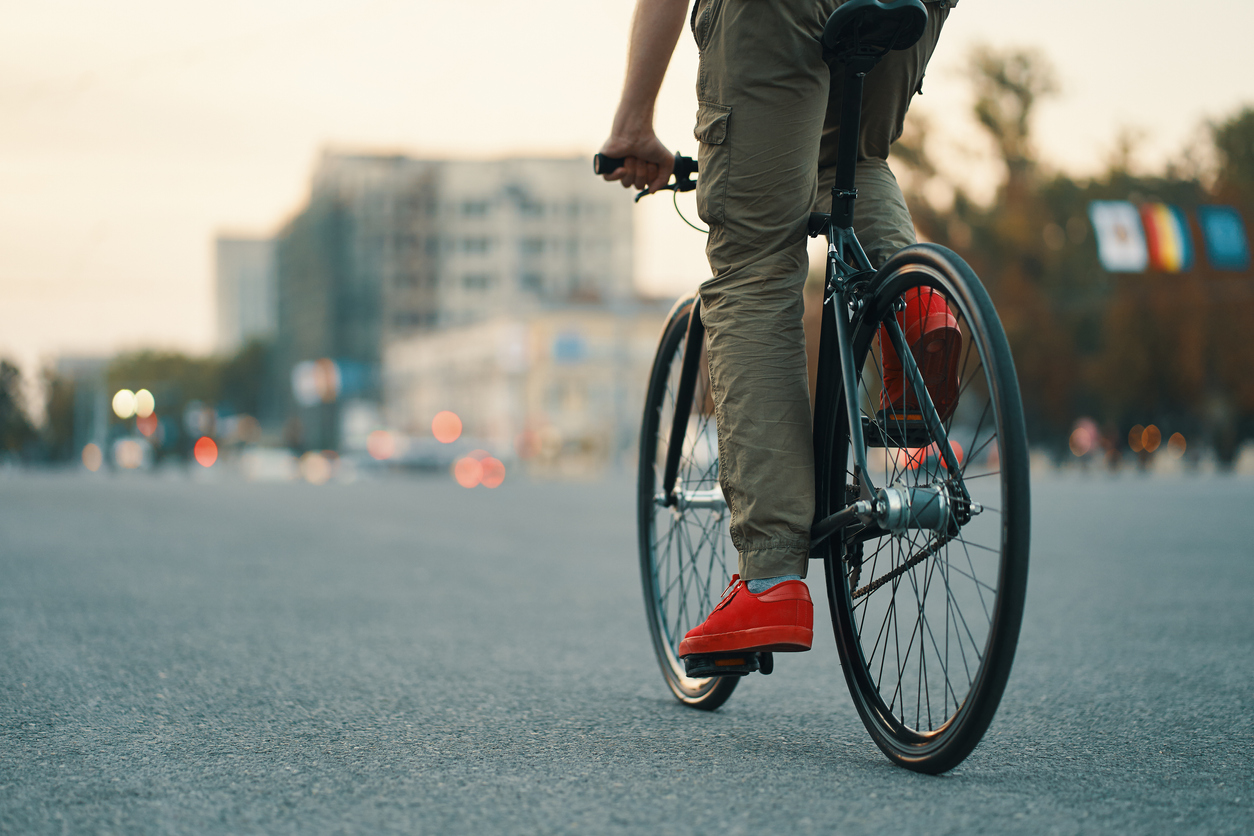
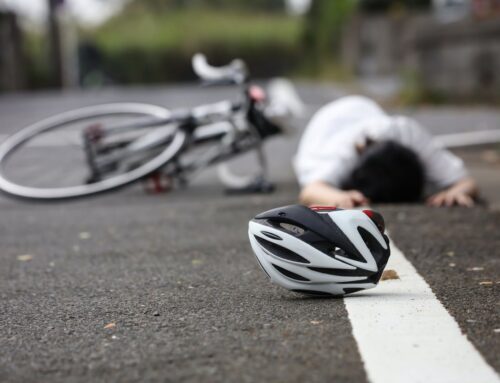
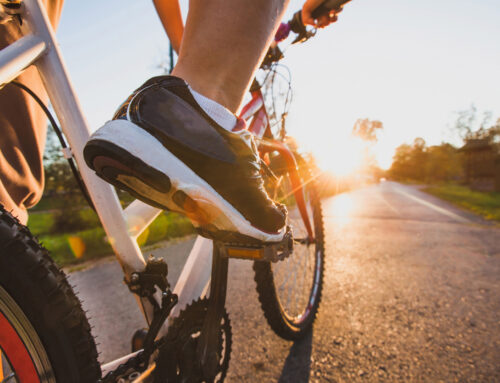
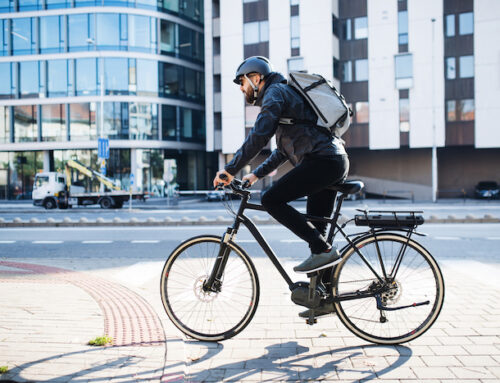
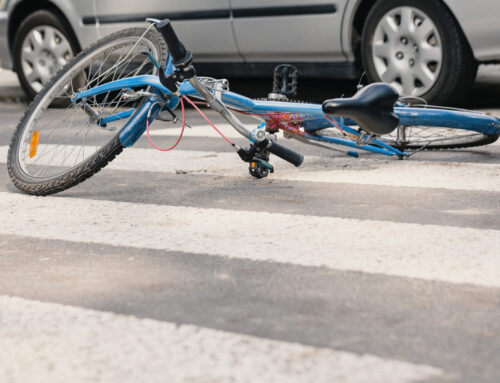
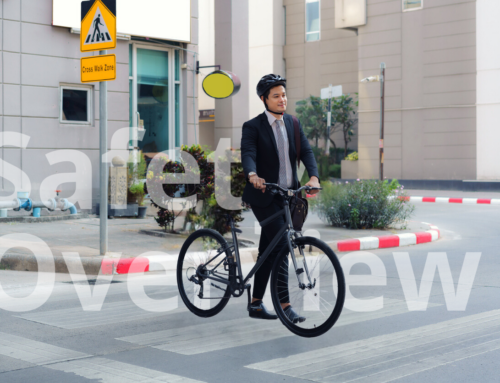
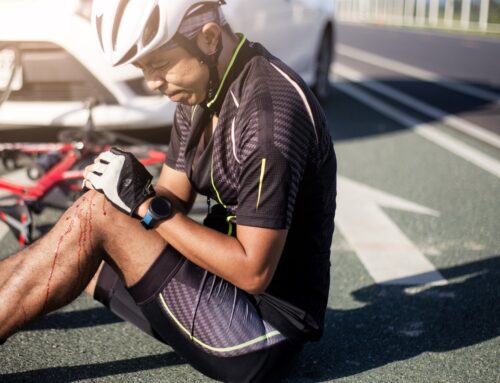

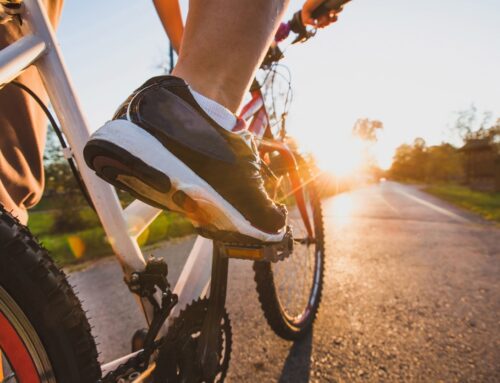
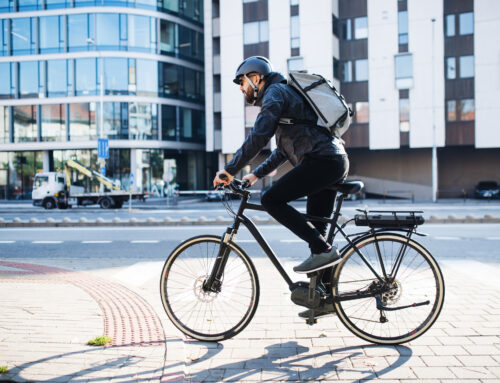
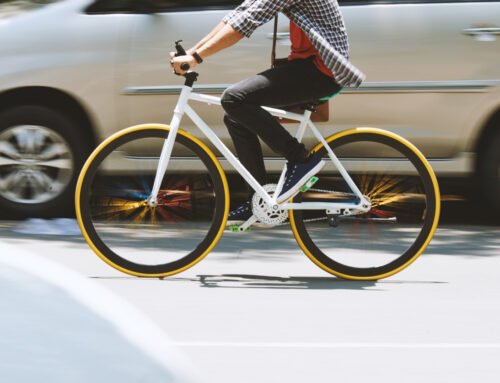
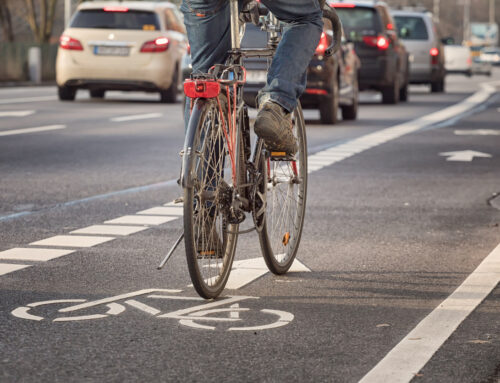
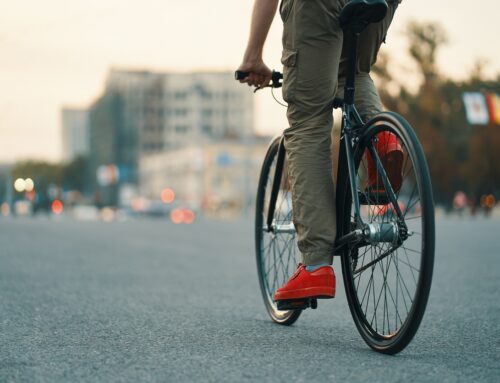
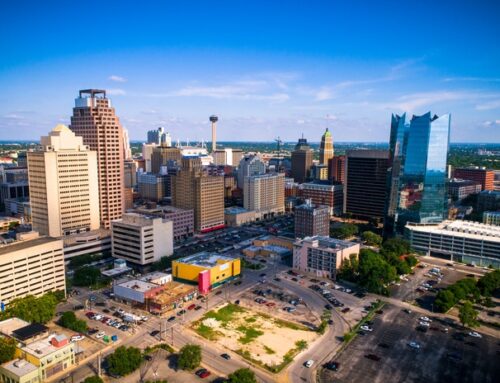
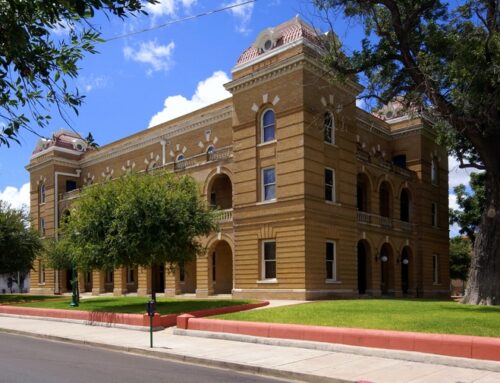

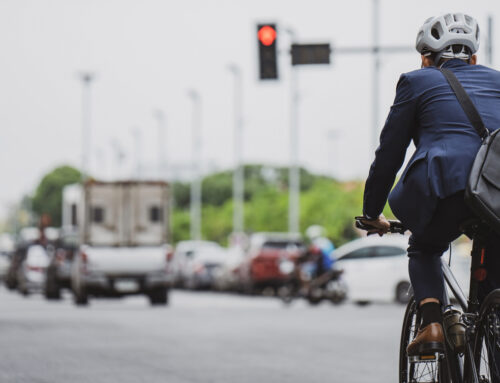
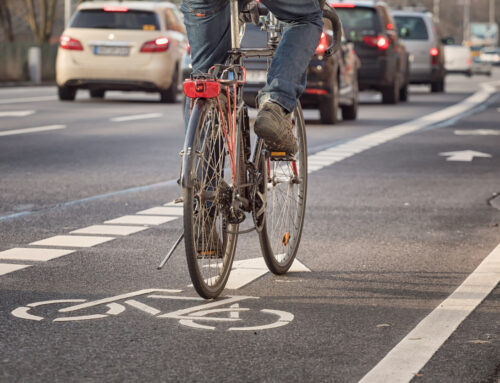
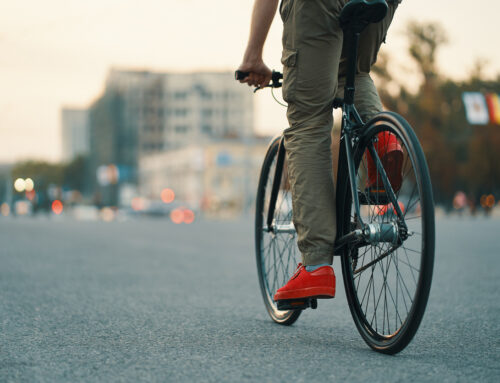
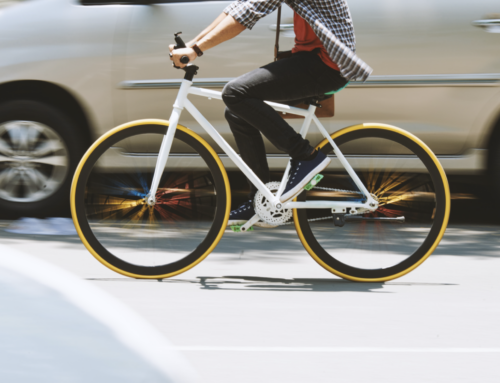
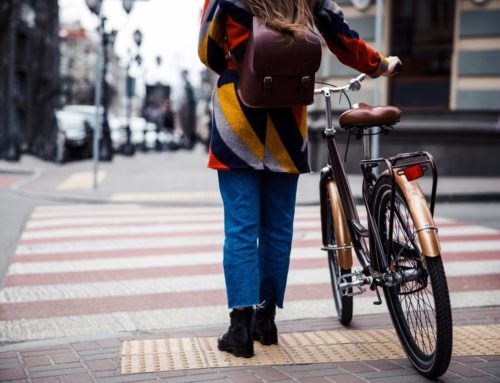
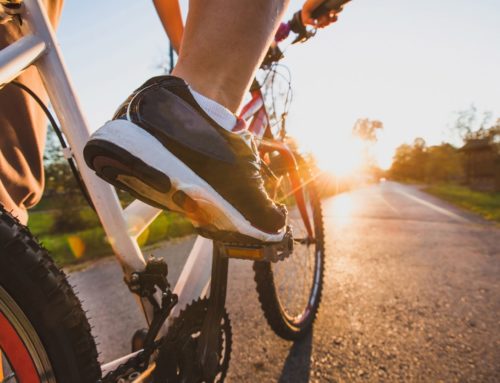
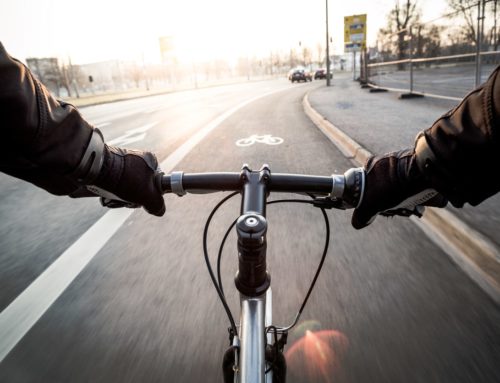

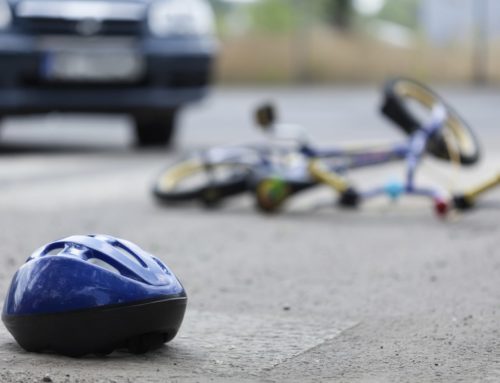
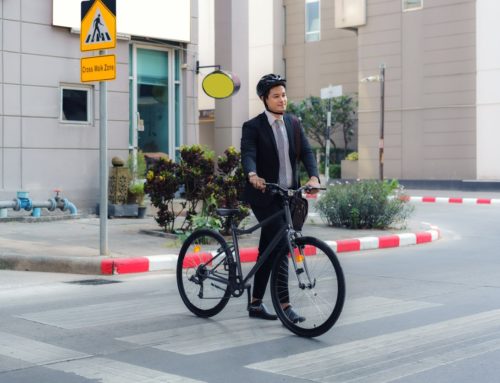
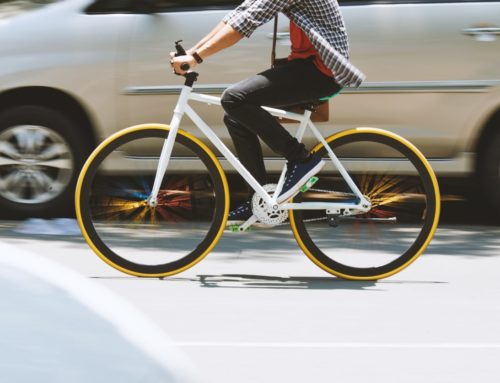



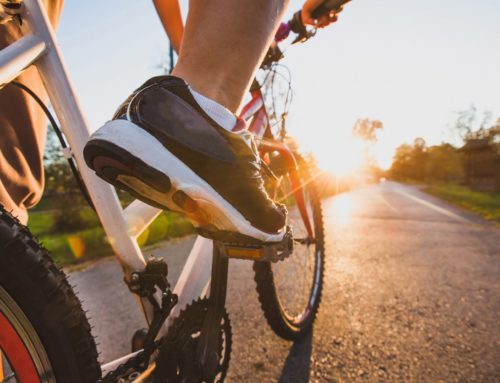
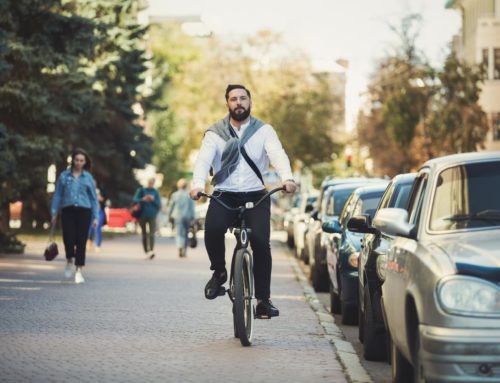
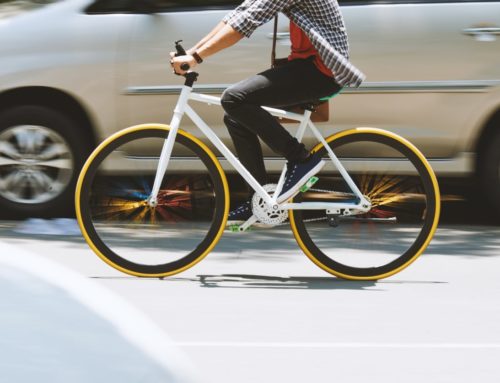


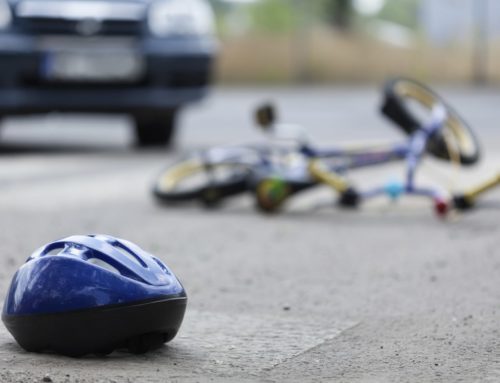

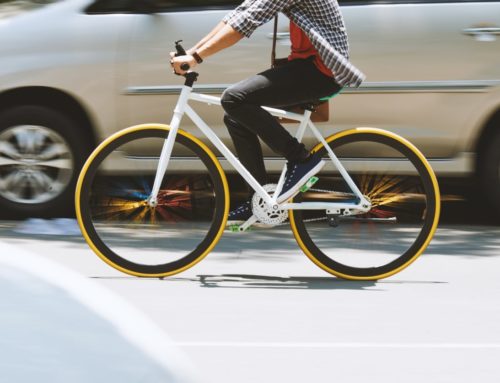
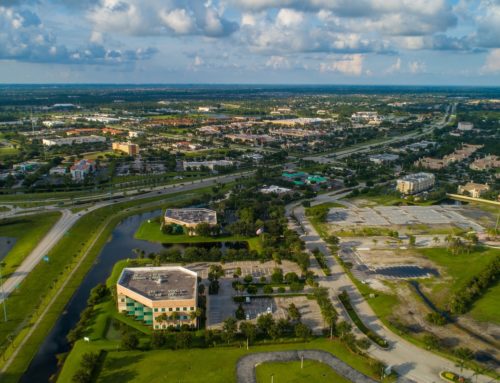
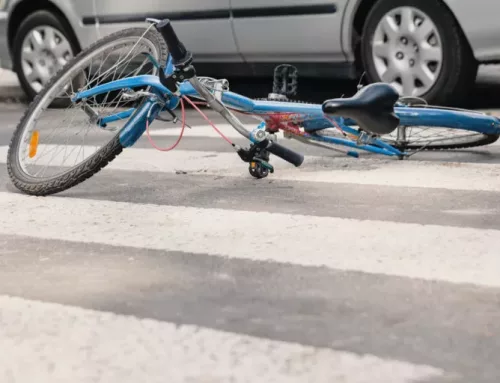
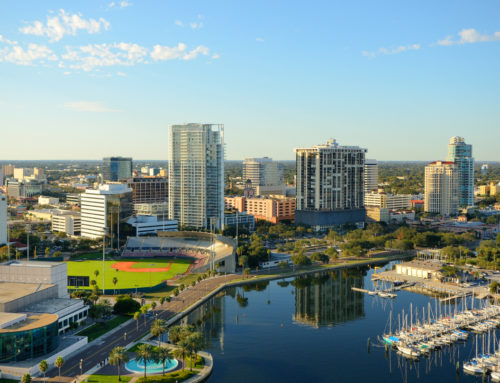
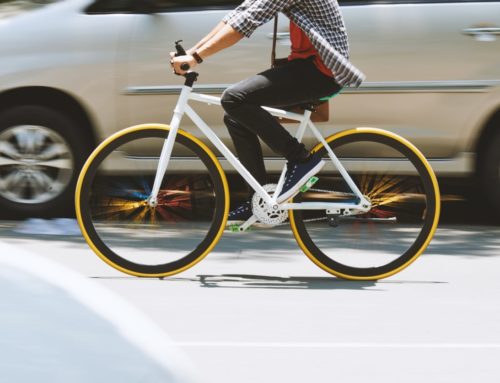
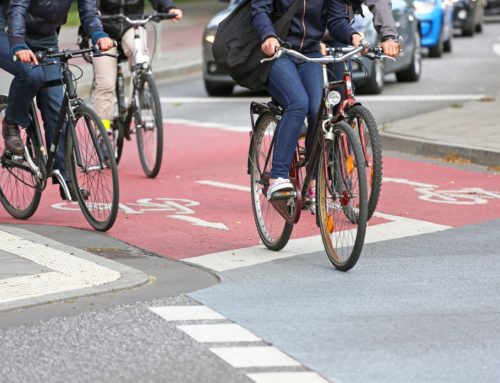
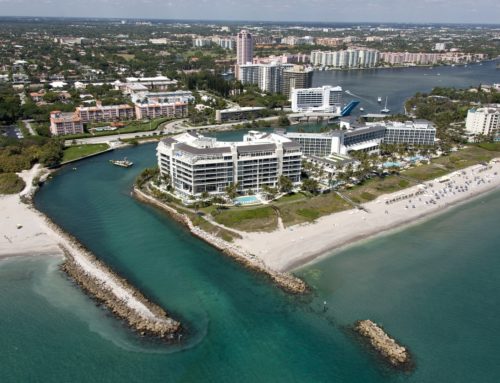
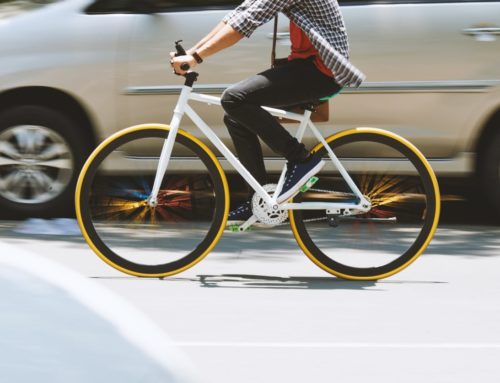
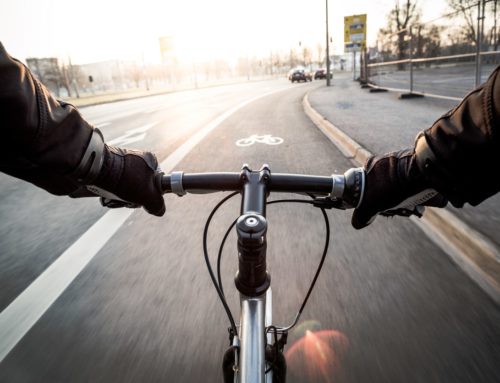
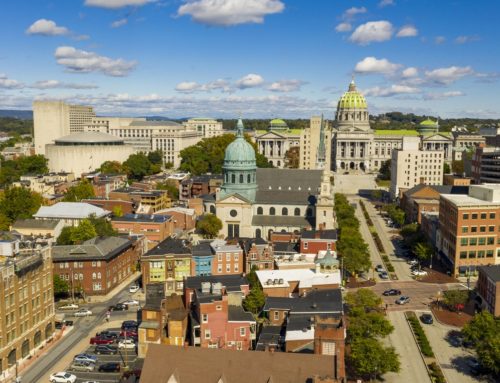
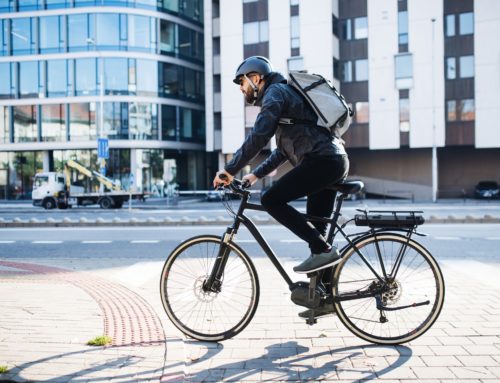
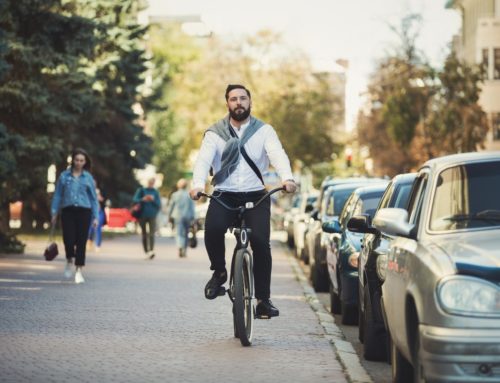

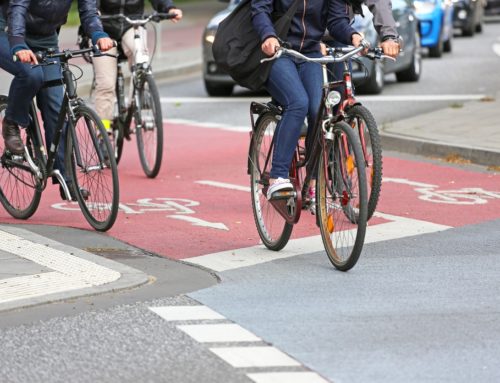
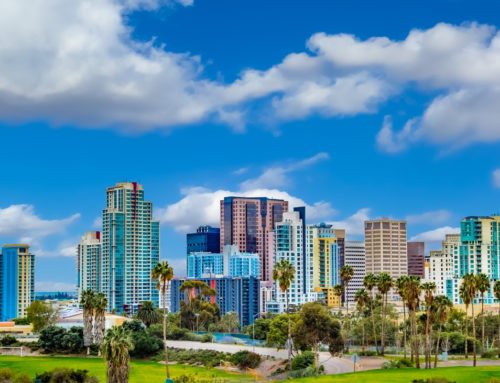
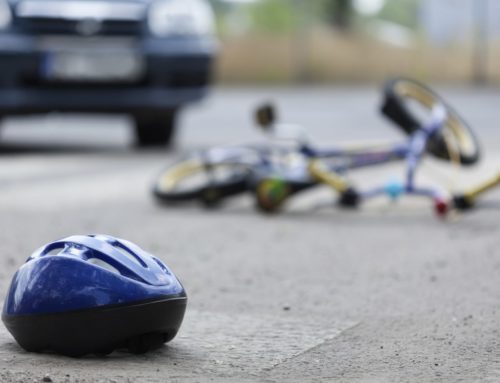
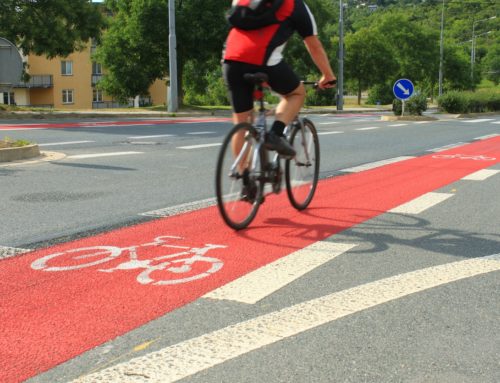



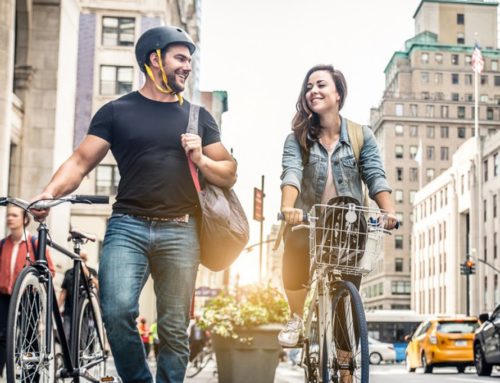
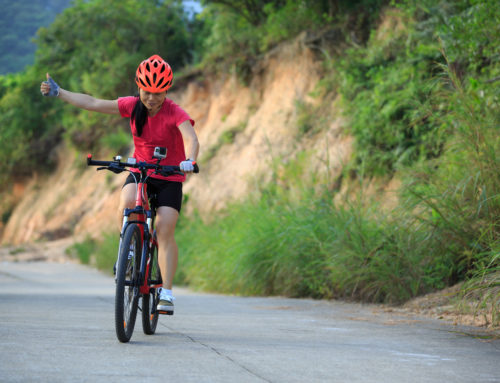

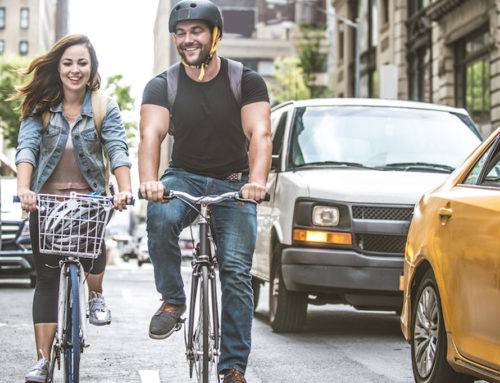


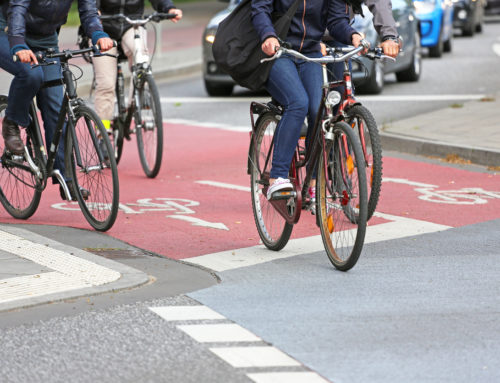
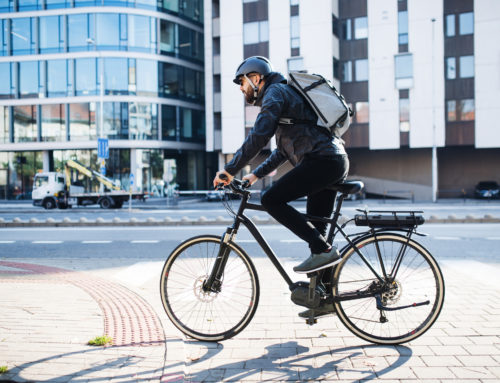
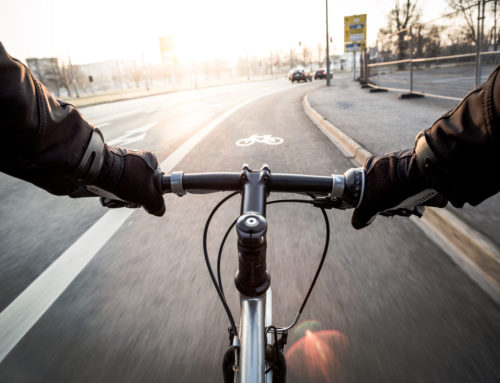

Leave A Comment